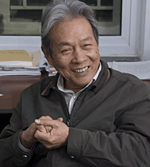 |
Li Boqian is Beijing's preeminent archaeologist. He is a board member of the Chinese Archaeology Society, director of the Center for the Study of Chinese Archaeology at Beijing University, and director of the Center for the Study of Ancient Civilizations at Beijing University. He has been teaching archaeology at Beijing University since 1961.
|
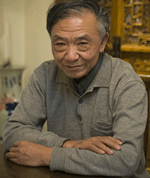 |
Bo Songnian is a professor at the Central Academy of Fine Arts in Beijing and a member of the Chinese Artists Association. An expert on the city's past, he specializes in Chinese art history and folk art.
|
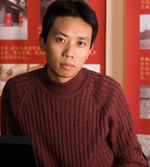 |
Matthew Hu Xinyu is managing director of the Beijing Cultural Heritage Protection Center, a grass-roots organization dedicated to preserving China's past. The group's current principal interest is documenting life in Beijing's hutongs, traditional-style alleyways flanked by siheyuan (courtyard houses).
|
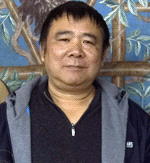 |
Li Yin has been a researcher and conservator at the Forbidden City Palace Museum for more than 30 years. Along with Chinese colleagues and an international team from the World Monuments Fund, he has been working to restore the late-18th-century interiors of the Qianlong Garden, an imperial retirement complex in the northeast district of the Forbidden City.
|
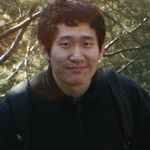 |
Liu Bowen is a young photographer and native to Beijing, but he already has an international clientele. His pictures can be seen in our articles "Dynasty of Nomads" (November/December 2008) and "Beijing Looks Back" (May/June 2008), as well as in the Beijing News and the New York Times. He recently exhibited his work in Cambodia. See more of his photographs at www.bowenliu.com.
|
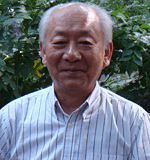 |
Li Zhiyan is a leading expert in Tang and Song Dynasty porcelain, pottery, and ancient kiln sites. He also studied archaeology and worked as a researcher at the Forbidden City Palace Museum from 1962 to 1979 and at the National Museum (formerly, the History Museum) from 1979 to 1997. Today, he teaches at the School of Art of Tsinghua University.
|
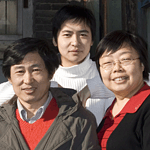 |
Since a building boom that began in the mid-1990s, many hutong residents have been forced to move to modern high-rise apartment buildings so their centrally located neighborhoods could be developed. Mr. and Mrs. Luo grew up in Beijing and today live in a traditional-style courtyard house along a Qing Dynasty hutong. Like many residents, they greatly enjoy the lifestyle but struggle with the difficult living conditions.
|
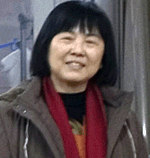 |
Liu Rong is a senior engineer at the Forbidden City Palace Museum. She is in charge of the restoration of the Juan Qin Zai Garden, an area in the palace's northwest district that was burned down in 1923 by eunuchs who wanted to hide evidence of jewelry theft from Pu Yi, the last emperor of China.
|
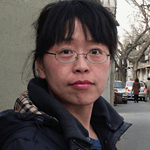 |
Yu Meng is an independent scholar and historic preservationist with a background in folk studies. She was instrumental in compiling information for the Beijing Cultural Heritage Protection Center's Cultural Trail that highlights six diverse places of interest in several hutongs near the Lama Temple in Beijing. The Trail is an online resource designed to help visitors begin to understand the richness and depth of information contained in these historic neighborhoods.
|

